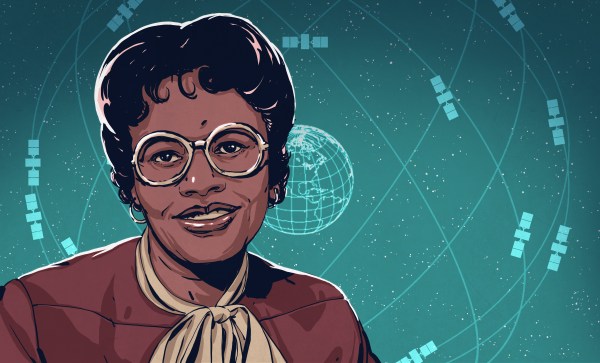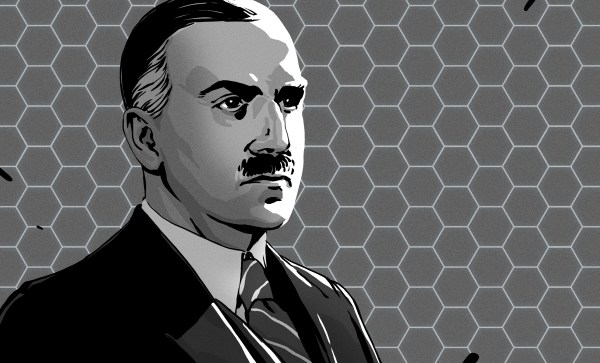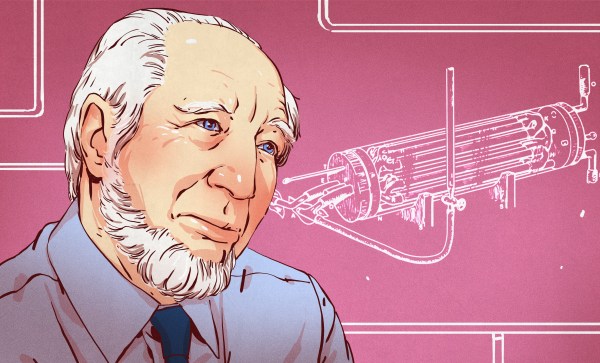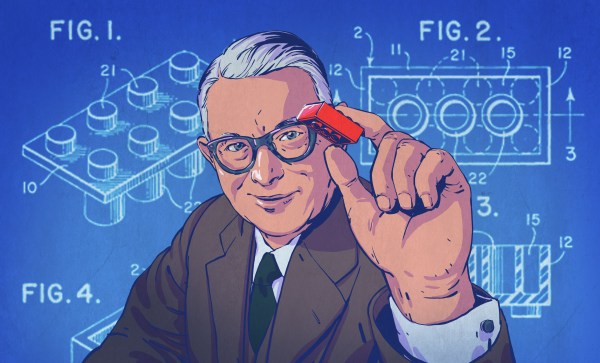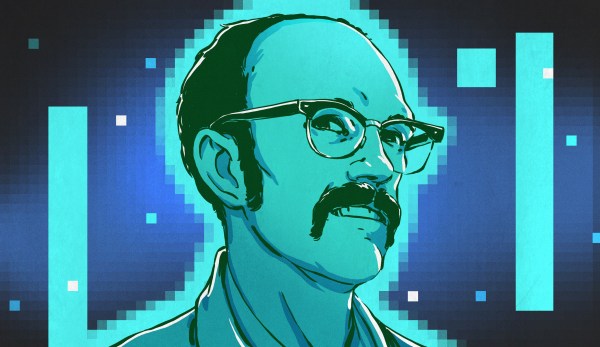Many people have looked Death in the eye sockets and survived to tell others about it, but few situations speak as much to the imagination as situations where there’s absolutely zero prospect of rescuers swooping in. Top among these is the harrowing tale of the Apollo 13 moon mission and its crew – commanded by James “Jim” Lovell – as they found themselves stranded in space far away from Earth in a crippled spacecraft, facing near-certain doom.
Lovell and his crew came away from that experience in one piece, with millions tuning into the live broadcast on April 17 of 1970 as the capsule managed to land safely back on Earth, defying all odds. Like so many NASA astronauts, Lovell was a test pilot. He graduated from the US Naval Academy in Maryland, serving in the US Navy as a mechanical engineer, flight instructor and more, before being selected as NASA astronaut.
On August 7, 2025, Lovell died at the age of 97 at his home in Illinois, after a dizzying career that saw a Moon walk swapped for an in-space rescue mission like never seen before.
Continue reading “Remembering James Lovell: The Man Who Cheated Death In Space”


